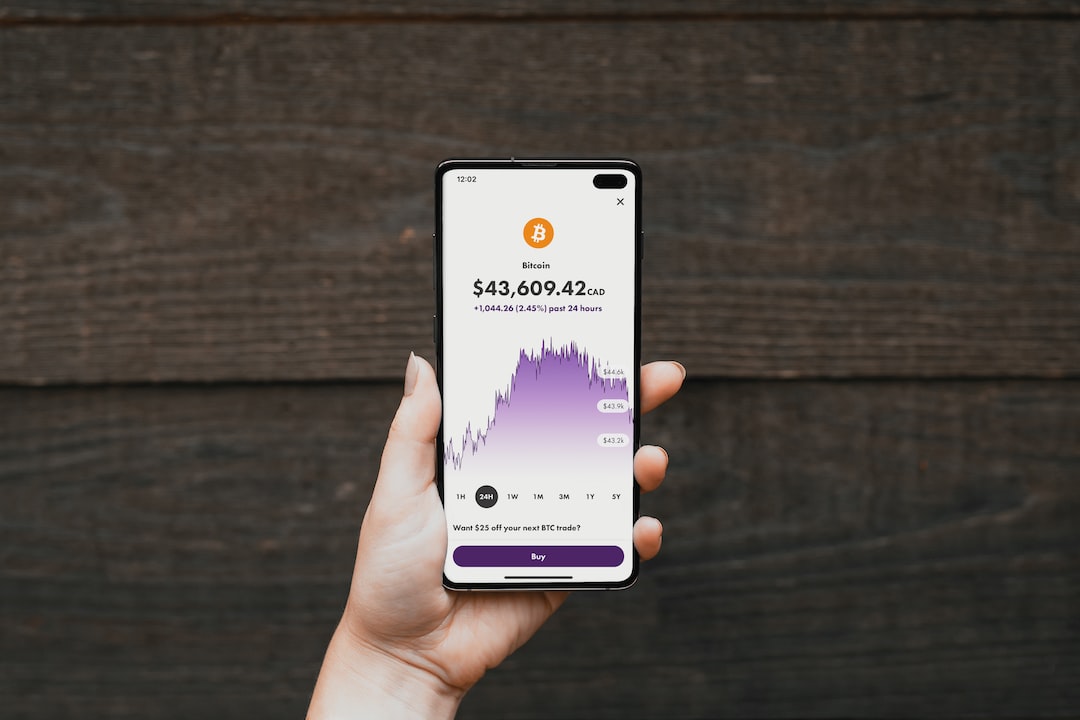Forex trading involves buying and selling currencies in the global market. One of the essential skills in successful forex trading is the ability to manage risk effectively. This is where the importance of stops comes into play. Stops are orders that are placed to limit the amount of loss in a trade. In this article, we will discuss the different types of stops and how to find stops in forex.
Types of Stops:
1. Stop Loss Order: A stop-loss order is an order placed to sell a security when it reaches a certain price. This is done to prevent further losses if the market moves in the opposite direction of the trade. A stop-loss order is usually placed below the entry price for a long trade and above the entry price for a short trade.
2. Trailing Stop Order: A trailing stop order is a type of stop that is set at a certain percentage or dollar amount below the market price for a long position and above the market price for a short position. The trailing stop order moves up or down as the market price moves in favor of the trade. This allows traders to lock in profits as the market moves in their favor.
3. Guaranteed Stop Loss Order: A guaranteed stop loss order is a type of stop that is offered by some brokers. This type of stop guarantees that the trade will be closed at the specified price, even if the market gaps. This type of stop is useful for traders who are trading volatile markets.
How to Find Stops in Forex:
1. Technical Analysis: Technical analysis is the study of past market data to identify patterns and trends. This analysis can be used to determine where to place stops. For example, if a trader is trading a range-bound market, they can place a stop loss order at the opposite end of the range. If the market breaks out of the range, the stop loss order will be triggered, limiting the amount of loss.
2. Support and Resistance Levels: Support and resistance levels are areas where price tends to stall or reverse. These levels can be used to place stops. For example, if a trader is trading a market that has bounced off a support level, they can place a stop loss order below the support level. If the market breaks the support level, the stop loss order will be triggered, limiting the amount of loss.
3. Volatility: Volatility is the measure of how much the market price fluctuates. Volatility can be used to determine the size of the stop loss order. For example, if a market is highly volatile, the trader may need to place a larger stop loss order to prevent being stopped out prematurely.
4. Money Management: Proper money management is essential in forex trading. Traders should never risk more than they can afford to lose. This means that the amount of risk should be determined before placing a trade. Once the amount of risk is determined, the stop loss order can be placed accordingly.
Conclusion:
Stops are an essential part of forex trading. They are used to limit the amount of loss in a trade. There are different types of stops, including stop loss orders, trailing stop orders, and guaranteed stop loss orders. Stops can be found using technical analysis, support and resistance levels, volatility, and proper money management. Traders should always use stops to manage risk effectively in forex trading.





